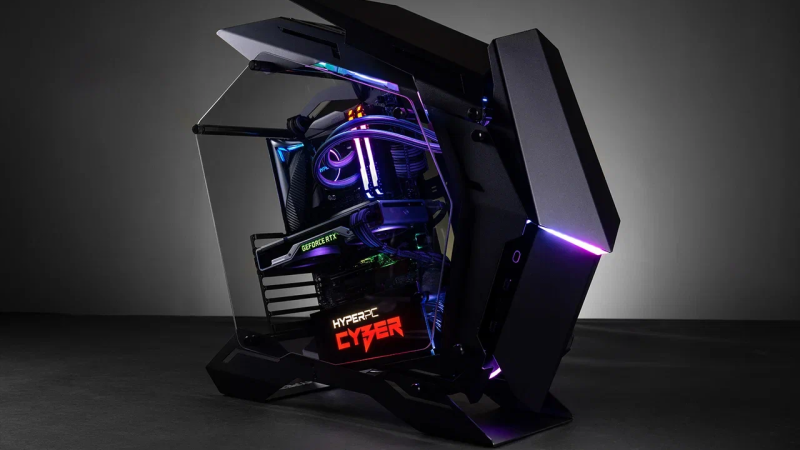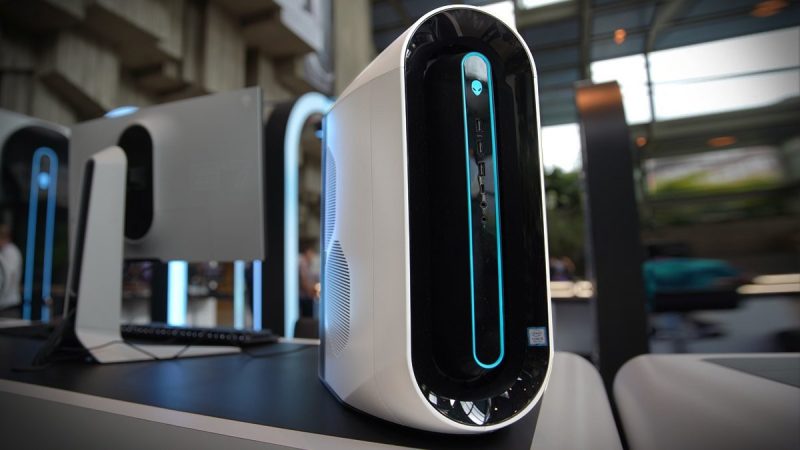Persistent Vs. Non-Persistent VDI Desktops: Know The Difference
Ever since the pandemic, the adoption rate of VDI (Virtual Desktop Infrastructure) has been increasing consistently. Today, more than 80% of businesses use VDI implementations and solutions.
However, there are two types of VDI, persistent and non-persistent. While the structure, formation, and working of these two VDIs seem similar, there’s a difference in the feasibility, security, and storage management.
Some organizations use non-persistent VDI and save costs, but others use persistent VDI for advanced personalization. Many businesses also adopt a hybrid model according to the requirements of every department.
Understand the differences between persistent VDI and non-persistent VDI.
Differences in Persistent VDI and Non-Persistent VDI
When you implement VDI in your organization, you need to decide between persistent and non-persistent VDI installation. In this section, we have discussed the differences; read on:
1. Definition
A persistent VDI is a one-to-one virtual desktop used by one employee of the organization. This means that every persistent VDI in the office has a separate virtual image with its resources, storage, and operating system. Whenever a user logs in to this virtual desktop and makes changes, the desktop retains these changes.
For example, if you have opened your persistent VDI and changed your screensaver, you will find the same screensaver when you open this VDI again.
This also indicates that persistent VDIs allow you to completely personalize your computer, similar to a physical PC. You can store data, make folders, and organize everything in the desired manner.
On the other hand, non-persistent VDI is a many-to-one VDI, and many users can access the same virtual desktop. This type of VDI deployment has its storage and resources; it doesn’t save changes when you turn off the computer. As you log out, the entire desktop returns to its original state. When new users log in, they may get any non-persistent VDI unit.
Here, the scope for personalization and on-demand storage is less.
2. Deployment
Based on the definition that we have discussed for persistent VDI and non-persistent VDI, non-persistent units are faster to deploy. You can easily replicate multiple workspace images of virtual desktops and distribute them to employees.
Compared to this, persistent VDI is complicated to deploy. A golden image or one-to-one image of the virtual unit is created. This image needs its separate storage, virtualization, and other resources, which is why it may not be as easy as a non-persistent VDI.
3. Customization
In a non-persistent VDI, we don’t have the feasibility of customizing the desktop. This is not possible because non-persistent VDI doesn’t allow users to make individual profiles for users. Any employee accessing non-persistent VDI doesn’t have the right to create their account or personalize the desktop.
Non-persistent VDI uses one disk image, and there’s no scope for customizing this unit. As a cloud VDI, you may make many golden images, with each image for different departments. Every department would open one golden image containing dedicated apps.
Persistent VDI can be personalized as these virtual machines have their storage, resources, operating system, etc. Every user gets one golden image of the virtual machine in place of one golden image for multiple users.
Persistent VDI is similar to your original physical PCs; these can be customized and organized accordingly.
4. Storage
When discussing persistent VDI and non-persistent VDI, storage is one of the primary considerations. This means that in the case of persistent VDI, you have one golden image for every user. So, you naturally need more storage for persistent VDI. This is because you need storage for apps, data, personalization like folders, screensaver.
In the case of non-persistent VDI, you are just managing one master image with the same apps installed on every instance. There are no personalization issues, security measures, or separate image needs. Therefore, you need less storage for non-persistent VDI.
5. Security
Non-persistent VDI is more secure when compared to persistent VDI. Desktops are created using one master image, and you can manage, secure, and maintain the virtual desktop from a central location. The admin installs every app and data on the desktop on the master image.
If this master image is hacked, the admin can reboot the entire master image. You can easily start from a clean slate.
Security is optimum in a persistent VDI, but you need to use many other implementations. For example, TLS 1.3 and 256-bit encryption for data transmission. Other than this, the Intrusion Detection and Prevention unit for consistent data monitoring. It would help if you also had anti-virus, anti-malware, data access control, and external firewalls. From using multi-factor authentication to deciding which user can access what data or app, persistent VDI requires security controls for every golden image.
6. Management
Managing non-persistent VDI is simpler when compared to persistent VDI. You need to manage one master image for every department. You can easily update, manage security, and maintain non-persistent VDI.
In the case of persistent VDI, you need to take care of every virtual machine separately. However, when you have different job roles dependent on advanced computing, you need persistent VDI. This is why persistent VDI is difficult to manage. However, this doesn’t mean you may face issues implementing persistent or non-persistent VDI. In comparison, non-persistent VDI is simpler.
Conclusion
Both persistent VDI and non-persistent VDI are important for the organization. Depending on the different needs of every department of your business, you need to select the right type of VDI. For example, data entry teams can manage work with just non-persistent VDI. However, your motion graphic artists or sales team needs a high-end VDI. For this, you need persistent VDI.
This is to say that you need to research, find the requirements of your business, and then decide on different types of VDI for every department. So, the first step is to start understanding how your business functions and then create a VDI plan before moving towards implementation.
Bhavleen Kaur is a content writer at Ace Cloud Hosting- a leading VDI solutions provider. She specializes in writing about VDI, DaaS, cloud technology,cloud-based desktop & likes to know about upcoming technology and trends. In her free time, you can find her reading novels or watching movies.





